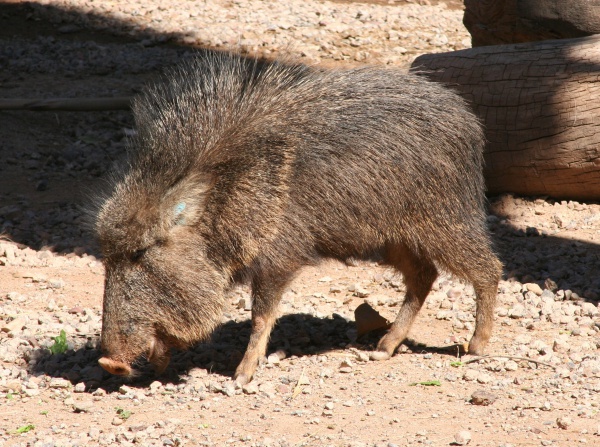Facts About Chacoan peccary
The Chacoan peccary, also known as the tagua, is a remarkable species and the only extant member of the Catagonus genus. These animals inhabit the Gran Chaco region, spanning Paraguay, Bolivia, and Argentina. Unfortunately, their population in the wild is estimated to be around 3,000 individuals.
Interestingly, the Chacoan peccary was first described from fossil records in 1930. It wasn’t until 1971 that living specimens were found in Argentina’s Salta Province. These peccaries exhibit exceptional adaptations to their harsh, hot, and arid habitat, characterized by thorny scrub and succulents.
The Chacoan peccary is the largest of the three peccary species. They possess pig-like features, including a robust snout and coarse, bristle-like hair that varies in color from brown to gray. Notably, they can be distinguished from other peccaries by their longer ears, snouts, and tails, as well as the distinctive white hairs around their mouths. When threatened, their unique defense mechanism involves fleeing while releasing secretions from glands on their backs.
Reproduction typically occurs between September and December, and their offspring are precocial, meaning they can run almost immediately after birth. Chacoan peccaries are social animals that travel in herds and communicate through a diverse range of sounds. Their diet mainly consists of tough vegetation such as cacti, which they adeptly roll on the ground to remove the spines before consumption.
Regrettably, the Chacoan peccary is facing numerous threats, including habitat loss, hunting, and disease. Conservation efforts are essential for their survival. Initiatives such as establishing protected areas and maintaining captive populations in zoos are critical to safeguarding this vulnerable species.

 Paraguay
Paraguay